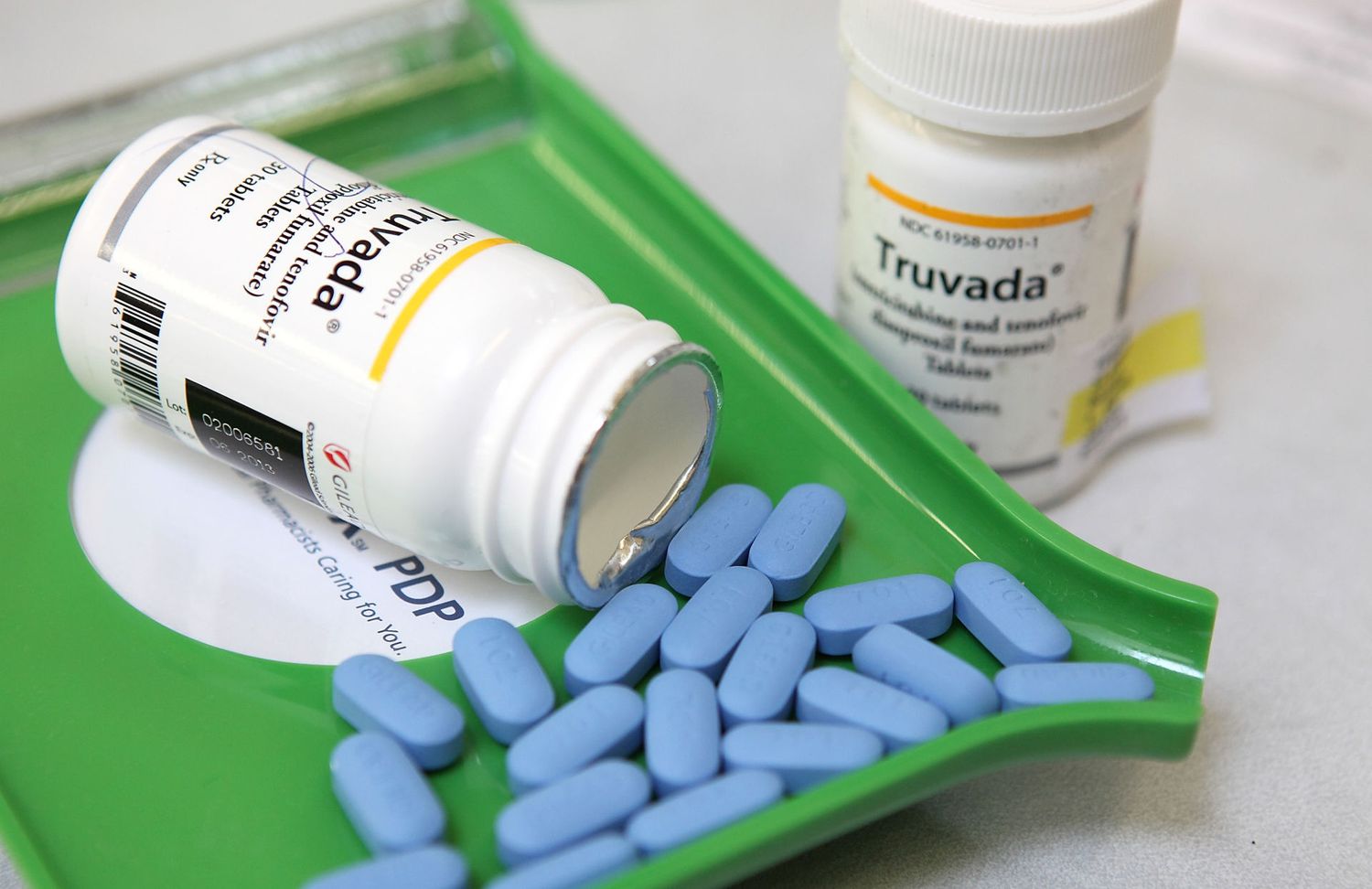The World Health Organization (WHO) has announced that if a person has a suppressed viral load viral of less than or equal to 1,000 copies per millilitre, the risk of transmitting HIV is almost zero.
The global health agency said that people living with HIV who achieve an undetectable viral load and are consistently on antiretroviral therapy (ART) cannot pass the virus to their sexual partners and are at low risk of passing it vertically to their children.
HIV viral load measures the amount of virus in the blood. This test is used to monitor the level of viral replication and the effectiveness of ART. According to WHO, the goal of treatment is to reduce the viral load to undetectable levels (less than 50 copies/ml).
In last year’s World Aids Day 2022 report, it was reported that Kenya has a growing number of older people living with HIV due to improved access to treatment. It further noted that between 2010 and 2021, some 622,724 deaths had been averted as a result of ART uptake.
The WHO announcement comes after new findings from a peer-reviewed paper published in The Lancet found that not only do people with HIV who are on anti-retrovirals (ARVs) and maintain a viral load of less 200/ml have zero risk of transmission through sex, but there is almost zero chance of transmission with a viral load less than 1,000/ml.
“People living with HIV who are diagnosed and treated early, and who take their medicines as prescribed, can expect to have the same health and life expectancy as their HIV-negative counterparts,” WHO said.
Addressing delegates at the International AIDS Society Conference on HIV Science in Brisbane, Australia, WHO Director-General Tedros Adhanom Ghebreyesus said the battle against HIV/AIDS is winnable.
“The new guidelines we’re releasing today will help countries use powerful tools that have the potential to transform the lives of millions of people living with or at risk of HIV. For more than 20 years, countries around the world have relied on WHO’s evidence-based guidelines to prevent, test and treat HIV infection,” he said.
In the guidelines, WHO calls on countries to expand the use of HIV self-testing, offer self-testing for initiation, continuation and re-initiation of pre-exposure prophylaxis, and promote testing through sexual and social networks. This is meant to increase testing coverage and improve uptake of HIV prevention and treatment services among the general population in high-burden settings and among populations and regions with the greatest gaps in testing coverage.
Dr Ghebreyesus also revealed that at the end of last year, 29.8 million of the 39 million people living with HIV were receiving ARV treatment (76 per cent of all people living with HIV), with almost three quarters (71 per cent) of them living with a suppressed viral load.
“This means that those with suppressed HIV have their health well protected and are not at risk of transmitting HIV to others. While this is very positive progress for adults living with HIV, viral load suppression among children living with HIV is only 46 percent, a reality that needs urgent attention,” said the WHO boss.
Tinashe Rufurwadzo , a member of the Leadership Council of Africa Reaching the End of AIDS in Children and Young People in Africa by 2025 said that by using “simpler and easily transported sample types such as dried blood spots, we can scale up viral load testing. This will help millions of people living with HIV get the testing they need, even in places where it was difficult or impossible before”.
United Nations Programme on HIV/AIDS executive director Winnie Byanyima said: “As the WHO announcement so clearly confirms, people with undetectable viral loads can’t transmit HIV to their partners. Governments can end AIDS and prevent new transmissions by getting everyone living with HIV on treatment. The stigma against people living with HIV has been like another pandemic.”




